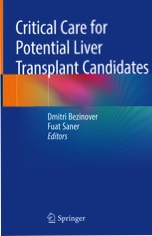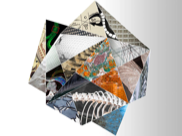Cytokine production of human CD4+ memory T cells

All memory T cells mount an accelerated response on antigen reencouter, but significant functional heterogeneity is present within the respective memory T cell subsets as defined by CCR7 and CD45RA expression, thereby warranting further stratification. Here we show that several surface markers, KLRB1, KLRG1, GPR56 and KLRF1, help define “low”, “high” or “exhausted” cytokine producers within human peripheral and intra-hepatic CD4+ memory T cells. Highest simultaneous production of TNF and IFN-γ is observed in KLRB1+KLRG1+GPR56+ CD4 T cells. By contrast, KLRF1 expression is associated with reduced TNF/IFN-γ production and T cell exhaustion. Lastly, TCRbeta repertoire analysis and in vitro differentiation support a regulated, successive expression for these markers during CD4+ memory T cell differentiation. Our results thus help refine the classification of human memory T cells to provide insights on inflammatory disease progression and immunotherapy development.























